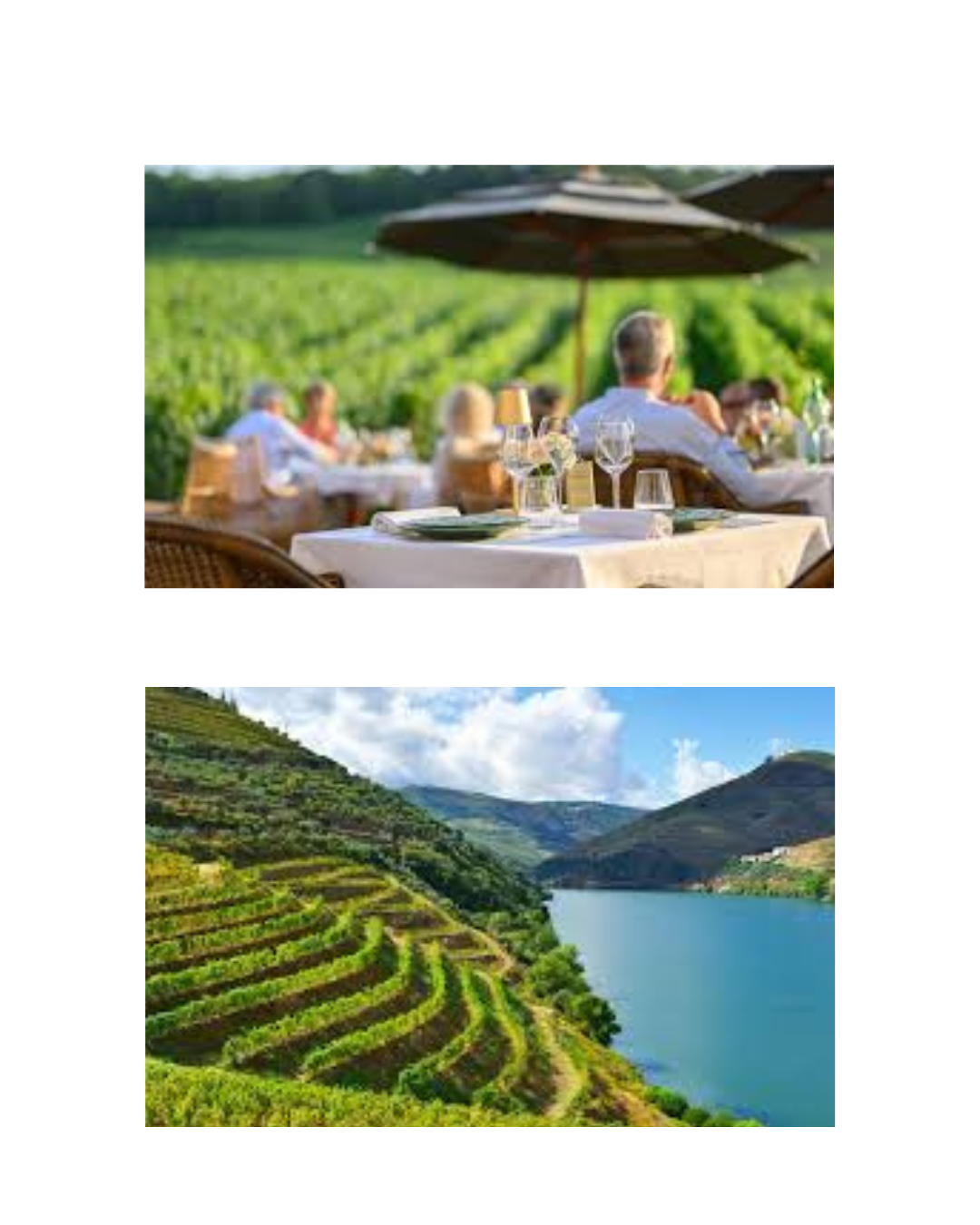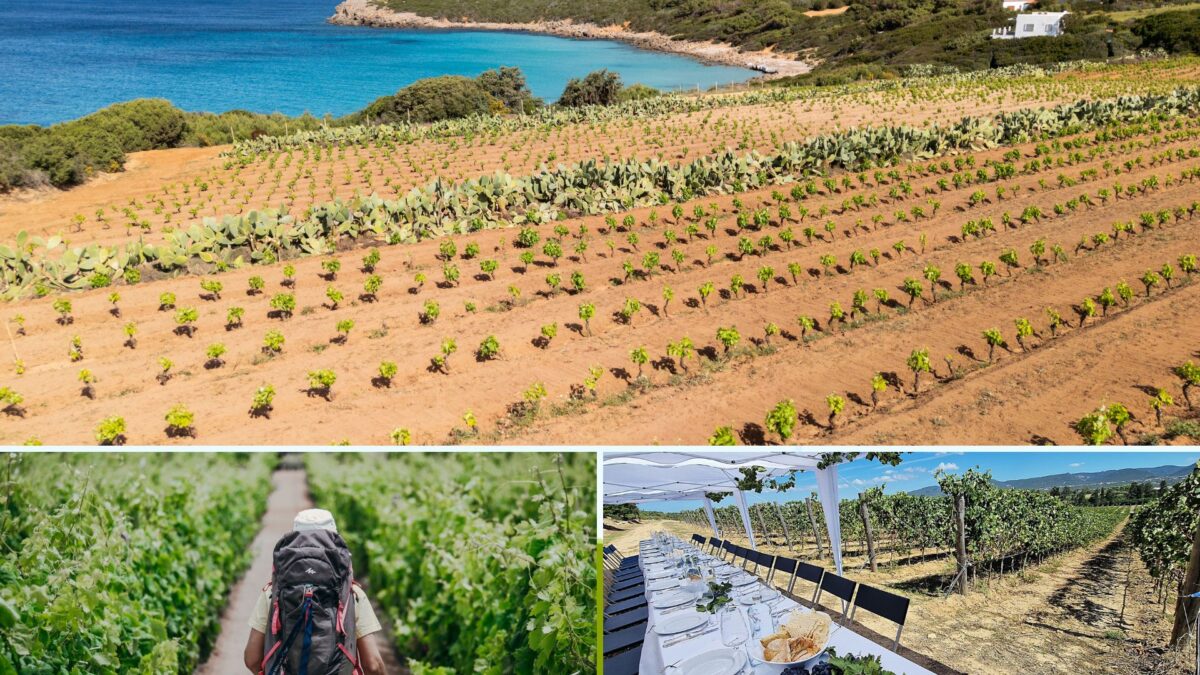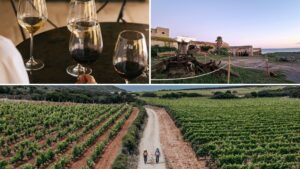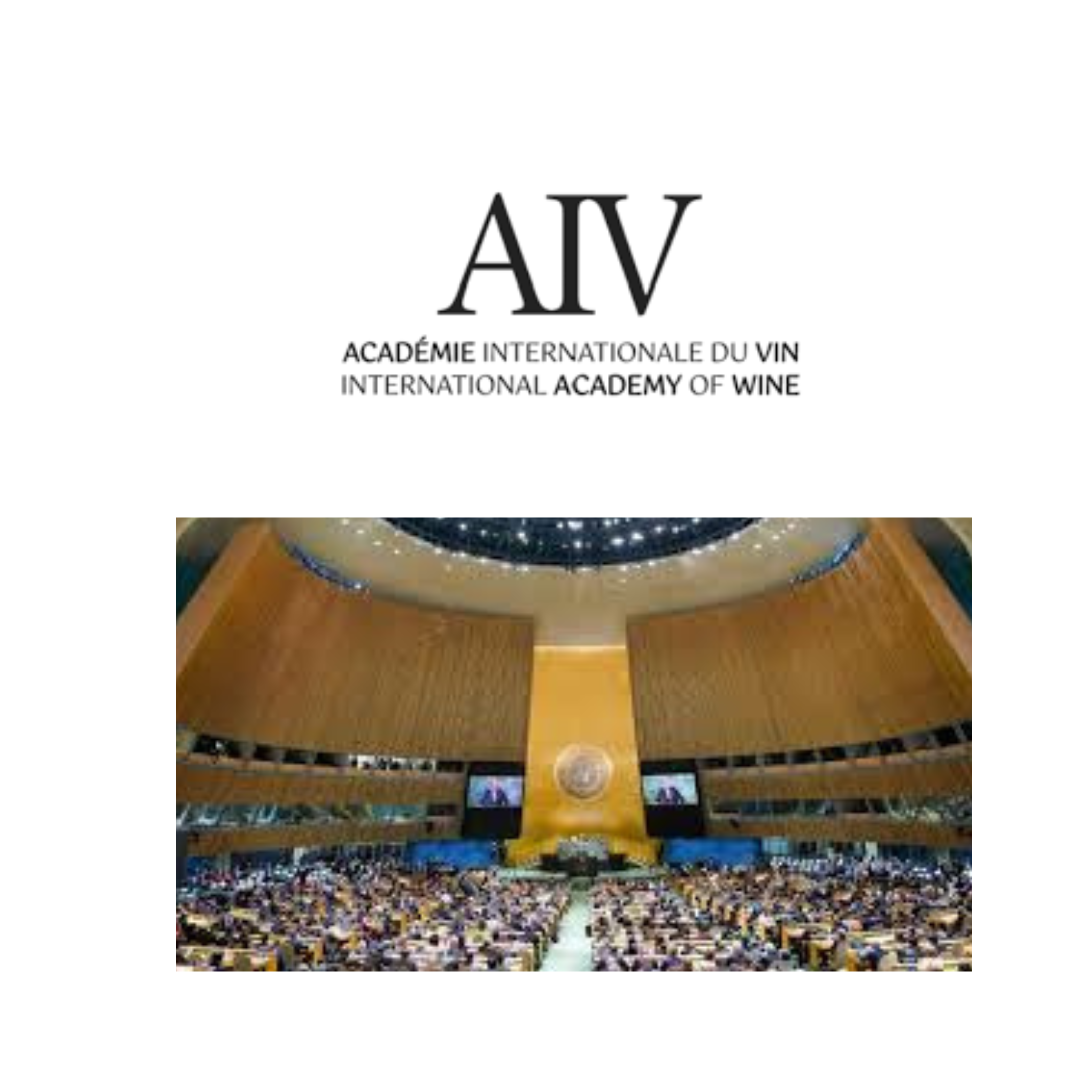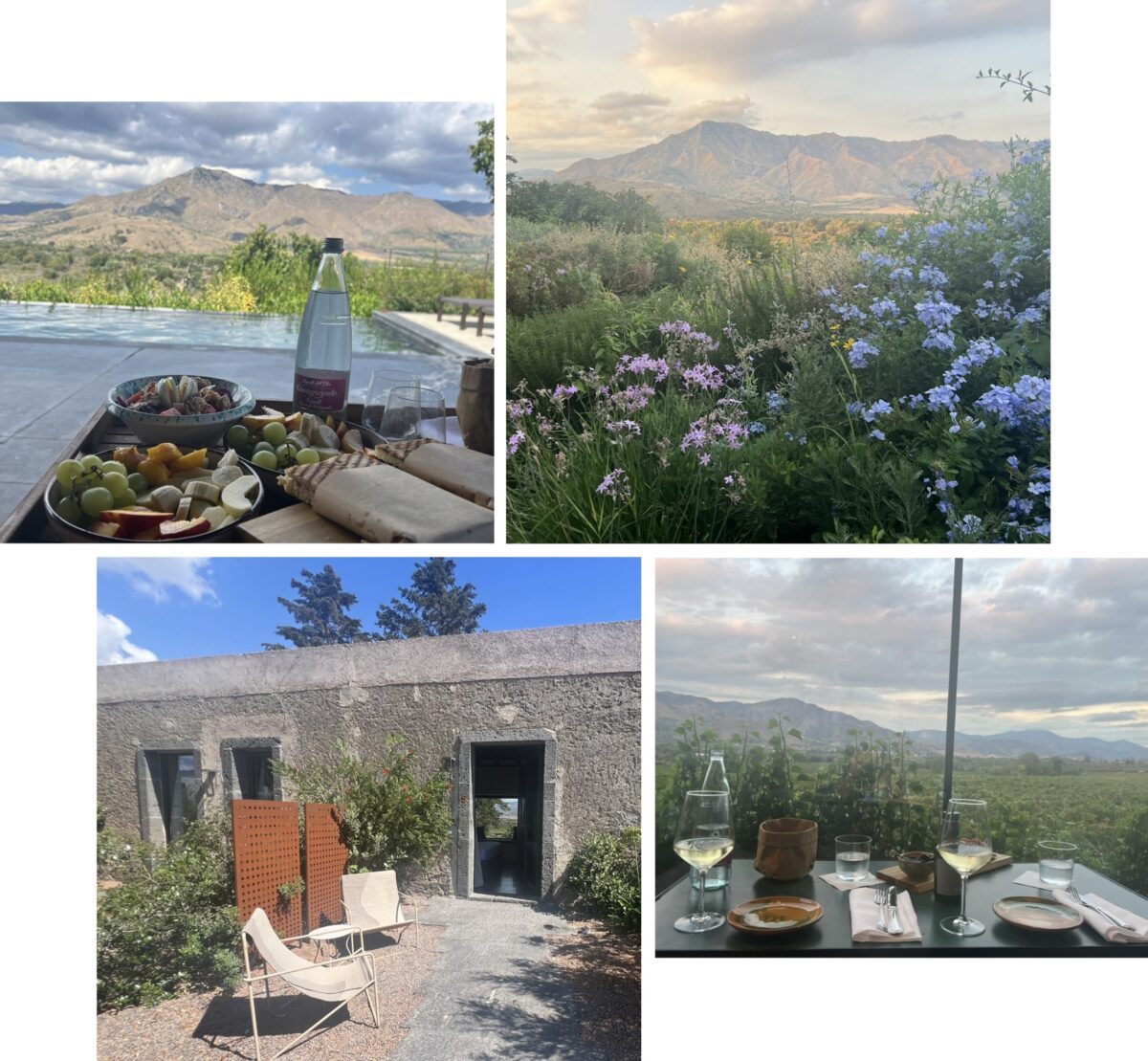The regional Napa Valley delegation for the Great Wine Capitals, which includes the County of Napa, Napa Valley Vintners, and Visit Napa Valley, has announced the winners of the 2026 Best of Wine Tourism Regional Awards.
The annual Great Wine Capitals Best of Wine Tourism Awards celebrate innovation and excellence in wine tourism across the world’s leading wine regions. Napa Valley is among 11 global regions recognized internationally by the Great Wine Capitals Network for delivering exceptional wine tourism experiences.
Tourism and hospitality businesses in Napa Valley were invited to self-nominate in one of seven categories during August. Submissions were reviewed and winners selected by a judging panel that included representatives from the County of Napa, Napa Valley Vintners, and Visit Napa Valley.
The Great Wine Capitals 2026 Best of Wine Tourism Regional Award winners, by category, are:
- Accommodation – The George
- Architecture & Landscapes – Cuvaison Winery
- Art & Culture – Boisset Collection
- Innovative Wine Tourism Experiences – Sterling Vineyards
- Sustainable Wine Tourism Practices – CHANDON
- Culinary Experiences – Clif Family Winery
- Wine Tourism Services – Festival Napa Valley
Last year’s (2025) Napa Valley Regional Award winners included: Dr. Wilkinson’s Backyard Resort & Mineral Springs (Accommodation), Signorello Estate (Architecture & Landscapes), Rail Arts District (RAD) Napa (Art & Culture), Olabisi Winery (Vine Trail Adventures) (Innovative Wine Tourism Experiences), Pine Ridge Vineyards (Sustainable Wine Tourism Practices), Oxbow Public Market (Culinary Experiences), Napa Valley Wine Train (Wine Tourism Services). Napa Valley Wine Train went on to receive global recognition as the 2025 Global Winner in the Wine Tourism Services category.
In addition to being recognized in front of an audience of industry peers, the 2026 regional award winners are now in consideration for the Global Best of Wine Tourism Awards. Global winners will be announced at the Great Wine Capitals Annual General Meeting held in Bordeaux, France, in November 2025.
For further information, visit: https://www.visitnapavalley.com/blog/post/2026-best-of-wine-tourism-award-winners/


